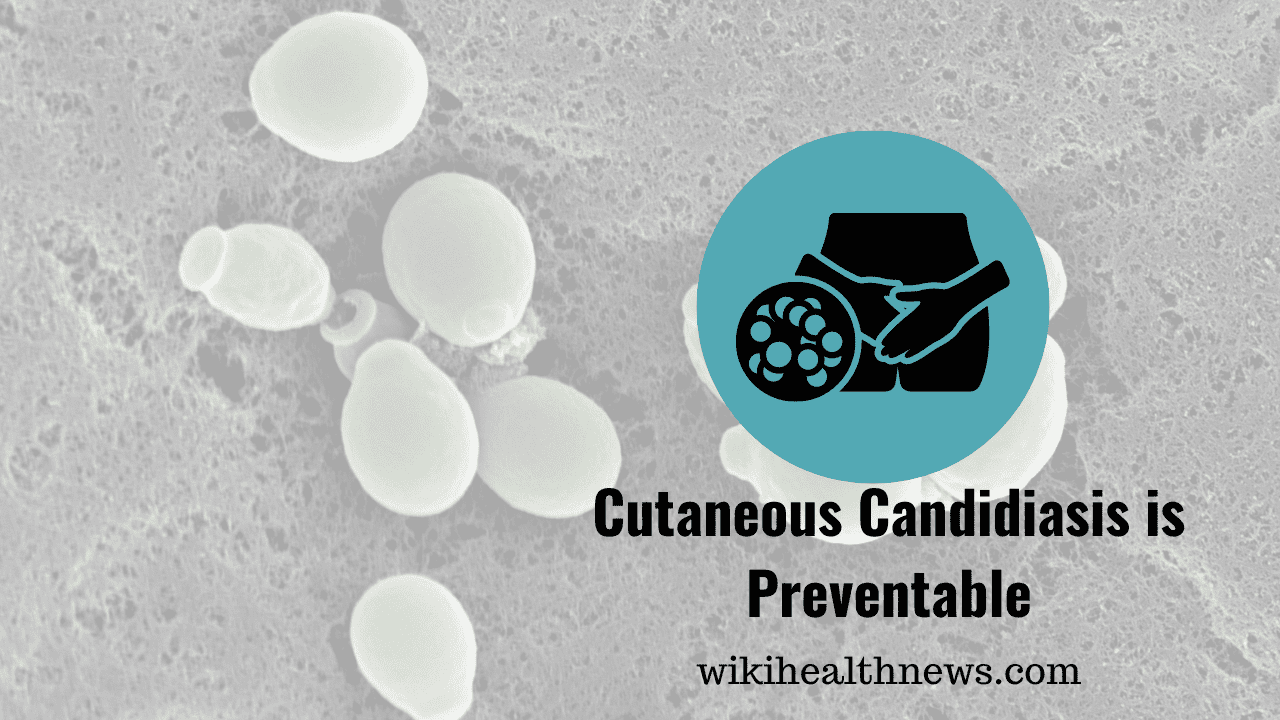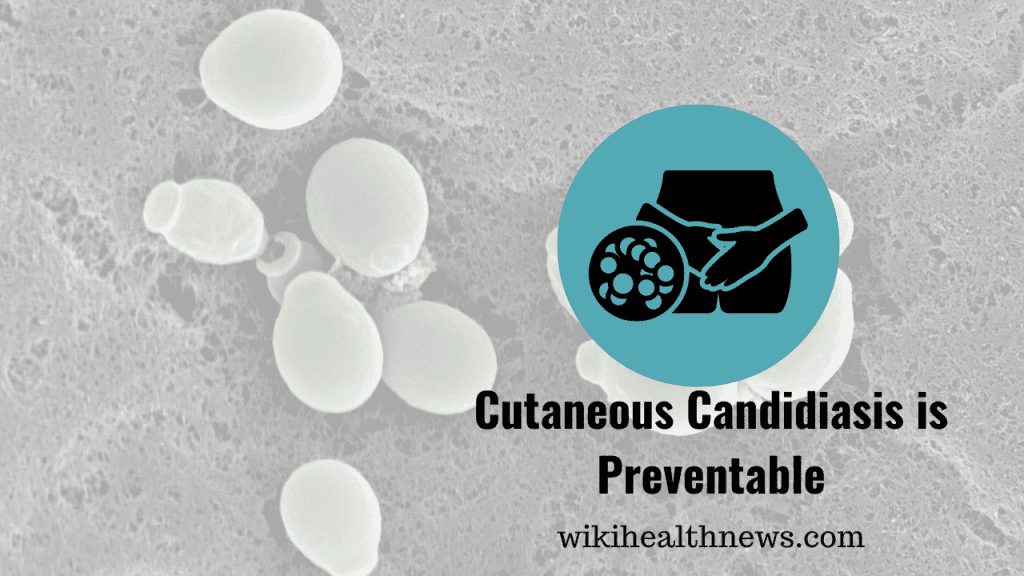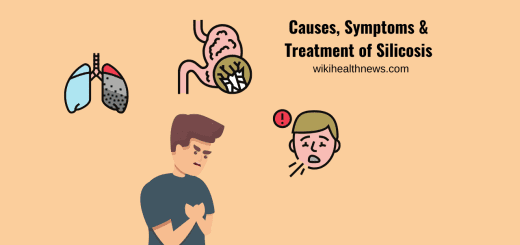Cutaneous Candidiasis: Preventable Infection

A kind of yeast infection caused by any form of fungus Candida is called candidiasis. This can affects the mouth and throat with white spots are the signs and symptoms of candidiasis. A yeast infection or thrush may be used to describe it when it affects the vagina. Genital irritation, burning, and occasionally a white, “cottage cheese-like” discharge from the vagina are among the signs and symptoms. Male genital yeast infections are less frequent and typically manifest as an itchy rash. Rarely, yeast infections may become invasive and spread to different body areas. Fever and other symptoms could develop from this. Cutaneous candidiasis refers to all skin manifestations of this yeast infestation.
Signs & symptoms
Depending on the location affected, candidiasis has different signs and symptoms. The majority of candida infections cause only minor side effects like redness, itching, and discomfort; but, in some groups, left untreated it can become severe or fatal. In healthy (immunocompetent) people, candidiasis typically manifests as a localized infection of the skin, fingernails or toenails (onychomycosis), or mucosal membranes, such as the mouth and pharynx (thrush), esophagus, and genitalia (vagina, penis, etc.);less frequently in healthy people, the gastrointestinal tract,
Candida infections in the esophagus are more common and have a higher chance of spreading throughout the body in immunocompromised people, leading to the far more deadly illness known as candidemia.
Mouth : White discolorations on the tongue, the area around the mouth, and the throat are signs of mouth infection. Additionally, irritation could manifest, making swallowing painful.
Baby thrush is a regular occurrence. Unless it persists for more than a few weeks, it is not regarded abnormal in infants.
Genitals : Itching, burning, pain, irritation, and a pale or whitish-gray discharge are all possible symptoms of vaginal or vulvar infection. Male genital thrush, also known as balanitis, is characterized by red skin around the head of the penis, swelling, itching, and soreness of the penis, thick, lumpy discharge under the foreskin, an unpleasant odor, difficulty retracting the foreskin (phimosis), and pain when passing urine or having sex.
Invasive infection ; Anal itching, belching, bloating, indigestion, nausea, diarrhea, gas, intestinal cramps, vomiting, and gastric ulcers are typical signs of gastrointestinal candidiasis in healthy people. The lesion can be red, papular, or ulcerative in appearance, and perianal candidiasis can induce anal irritation. Disorders of gut may result from the candida growing abnormally. While the cause of the symptoms commonly associated with the irritable bowel syndrome is not yet known, it is possible that this modification is the cause. as well as other digestive disorders.
What causes candida infection in healthy people?
In healthy people, candida yeasts are typically present, frequently a part of the normal oral and intestinal flora, and especially on the skin. However, their growth is typically constrained by the human immune system and by competition with other microorganisms. Like bacteria, these yeasts are present in the same areas of the body. Candida, especially on the skin, needs moisture to develop. One risk factor, for instance, is thought to be spending a lot of time in wet swimwear. Babies’ diaper rashes can also be brought on by candida. Extreme cases may occur where superficial skin or mucous membrane infections spread to the circulation and result in systemic Candida infections.
What are the risk factors for cutaneous candidiasis?
- HIV/AIDS, mononucleosis, cancer treatments, steroids, stress, use of antibiotics, diabetes, and nutritional deficiencies are among the factors that raise the risk of cutaneous candidiasis.
- Treatments for infertility and hormone replacement therapy may potentially be risk factors.
- The risk of oral candidiasis increases with the use of inhaled corticosteroids.
- People are at significantly greater risk when using inhaled corticosteroids in combination with other risk factors such antibiotics, oral glucocorticoids, failing to rinse one’s mouth after using inhaled corticosteroids, or large doses of inhaled corticosteroids.
- Antibiotic therapy may result in the elimination of the yeast’s natural rivals for resources in the oral and intestinal flora, worsening the illness. Significant predisposing factors for candidiasis include metabolic diseases and immune systems that are underdeveloped or compromised.
- A systemic infection affects around 15% of individuals with weaker immune systems.19% of individuals who appeared to be in good health, that is, those who displayed few or no symptoms of illness, had C. albicans isolated from their vaginas.
- The natural vaginal flora, which consists of lactic acid bacteria like lactobacilli, can be upset by external detergent or douche use or internal disturbances (hormonal or physiological). This can lead to an excess of Candida cells and infection signs including local inflammation.
- Oral contraceptive usage and pregnancy have both been identified as risk factors for cutaneous candidiasis. Antibiotic use and diabetes mellitus are both associated with higher risks of yeast infections.
What raises the risk of candidiasis in men?
Sexual contact with an infected person, a low level of immunity, antibiotic use, and diabetes are all potential causes of penile candidiasis. Male genital yeast infections are less frequent, but a penile yeast infection brought on by sexual contact with an infected partner is not unusual.
Can it affect newborn baby?
Due to the moisture produced by increased milk production, breastfeeding moms may also get candidiasis on and around the nipple. Congenital candidiasis in neonates can result from vaginal candidiasis.

How to diagnose this condition?
Simply checking the patient’s mouth for white spots and discomfort may be sufficient to diagnose oral candidiasis. In order to identify the organism that is causing the infection, a sample of the diseased area may also be collected. Aerobic vaginitis is separate and should be ruled out in the differential diagnosis even when vaginal candidiasis symptoms are also present in the more frequent bacterial vaginosis. Only 33% of women self-medicating for a yeast infection in a 2002 research actually had one; the majority had either bacterial vaginosis or a mixed-type illness.
A yeast infection can be identified either through microscopic examination or culture. A scraping or swab of the afflicted area is placed on a microscope slide for identification using light microscopy. The material is subsequently treated with one drop of a 10% potassium hydroxide (KOH) solution. The KOH dissolves the skin cells but leaves the Candida cells unharmed, allowing for the visibility of pseudo hyphae and yeast cells that are in the process of budding, which are typical of many Candida species.
How can we prevent this infection?
A healthy balance of the oral and intestinal flora is facilitated by a diet low in simple carbohydrates and supportive of the immune system. Diabetes and yeast infections are linked, however the degree of blood sugar control may not have an impact on the risk. Along with avoiding wearing damp clothing for extended periods of time, wearing cotton underwear may help lower the chance of acquiring skin and vaginal yeast infections. There is insufficient proof that oral or intravaginal probiotics can help women with recurrent yeast infections avoid getting term again. This covers both tablet form and yoghurt form. When a person’s immune system is compromised, good dental hygiene can help avoid oral candidiasis. Chlorhexidine mouthwash helps prevent or lessen thrush in patients receiving cancer treatment. After using an inhaler, users of inhaled corticosteroids can lessen their chance of acquiring oral candidiasis by washing their mouths with water or mouthwash. To avoid oral candidiasis, people with dentures should frequently clean their dentures.
Treatment
Antifungal drugs, such as clotrimazole, nystatin, fluconazole, voriconazole, amphotericin B, and echinocandins, are used to treat candidiasis. Immunocompromised or seriously unwell patients are frequently treated with intravenous fluconazole.
Immunocompetent people with gastrointestinal candidiasis are treated with 100–200 mg of fluconazole a day for two to three weeks.
Read More











